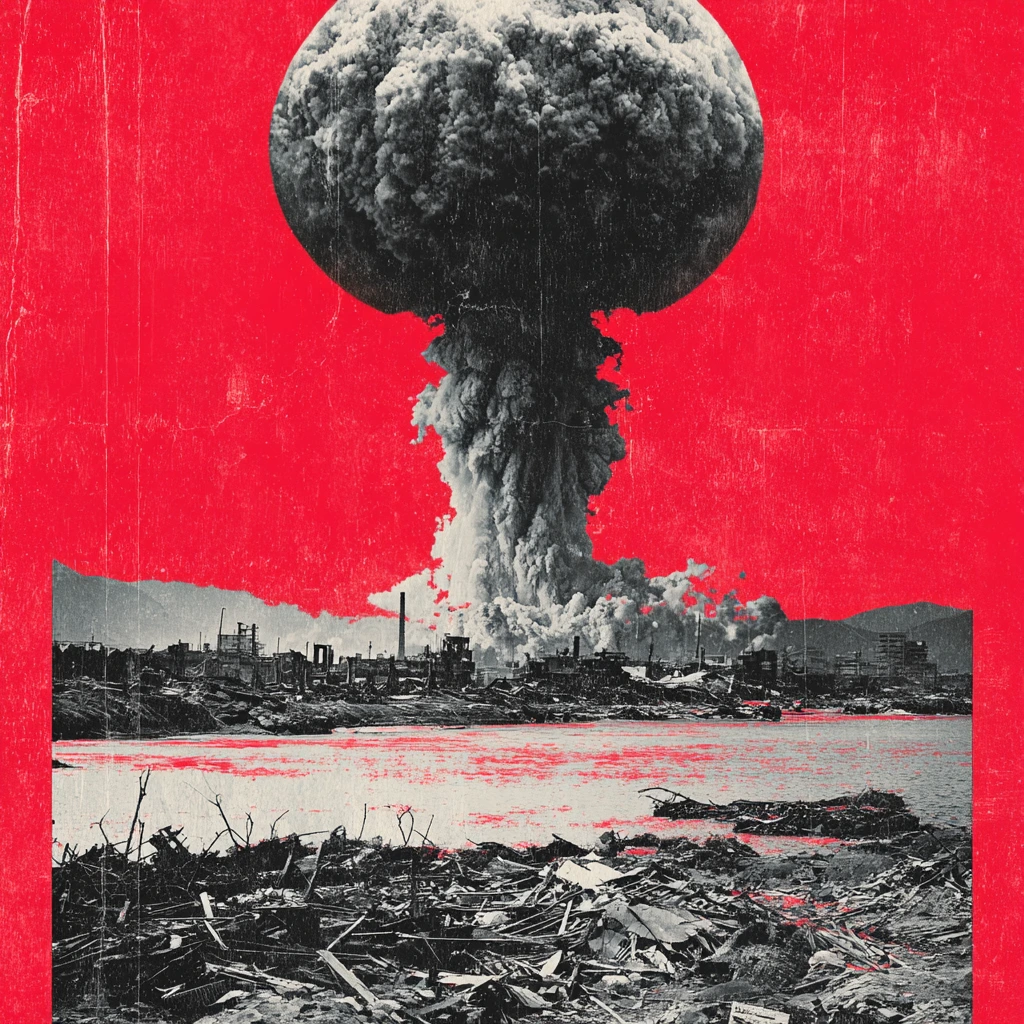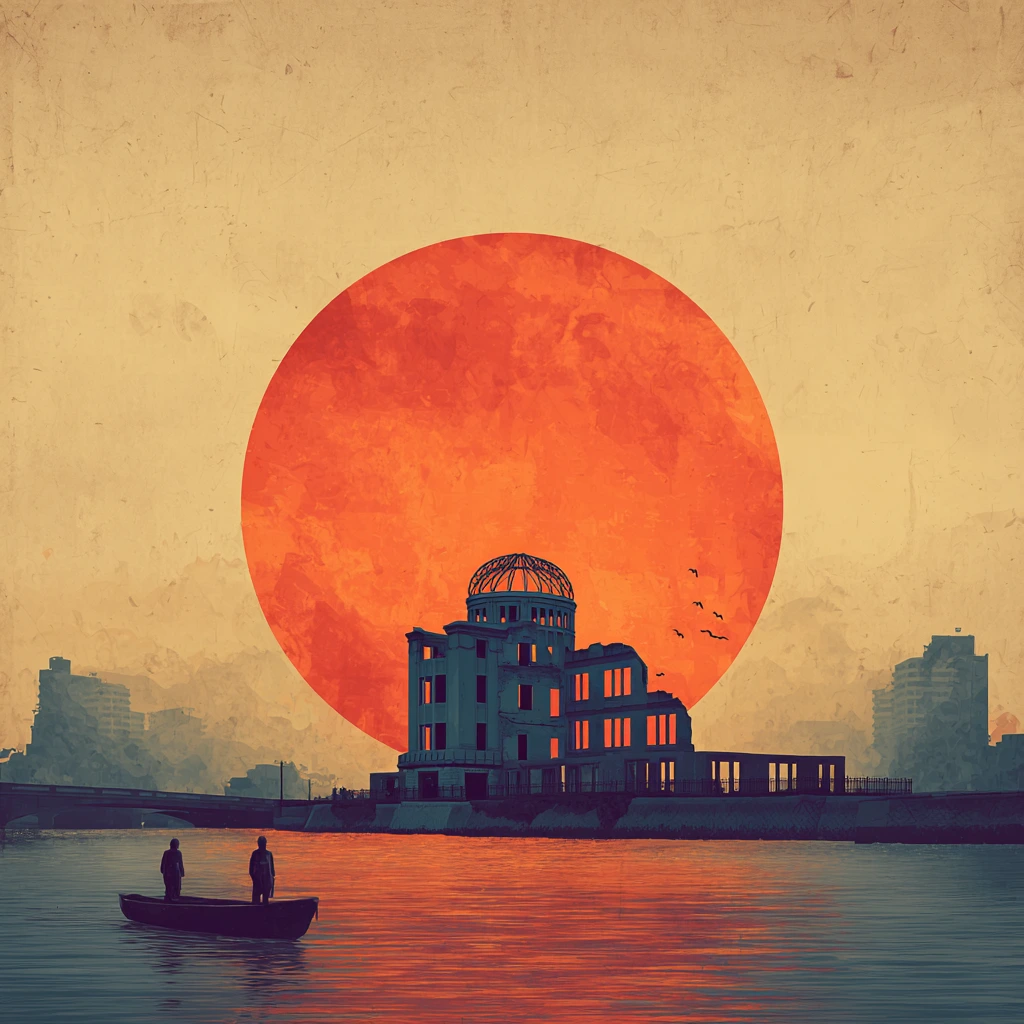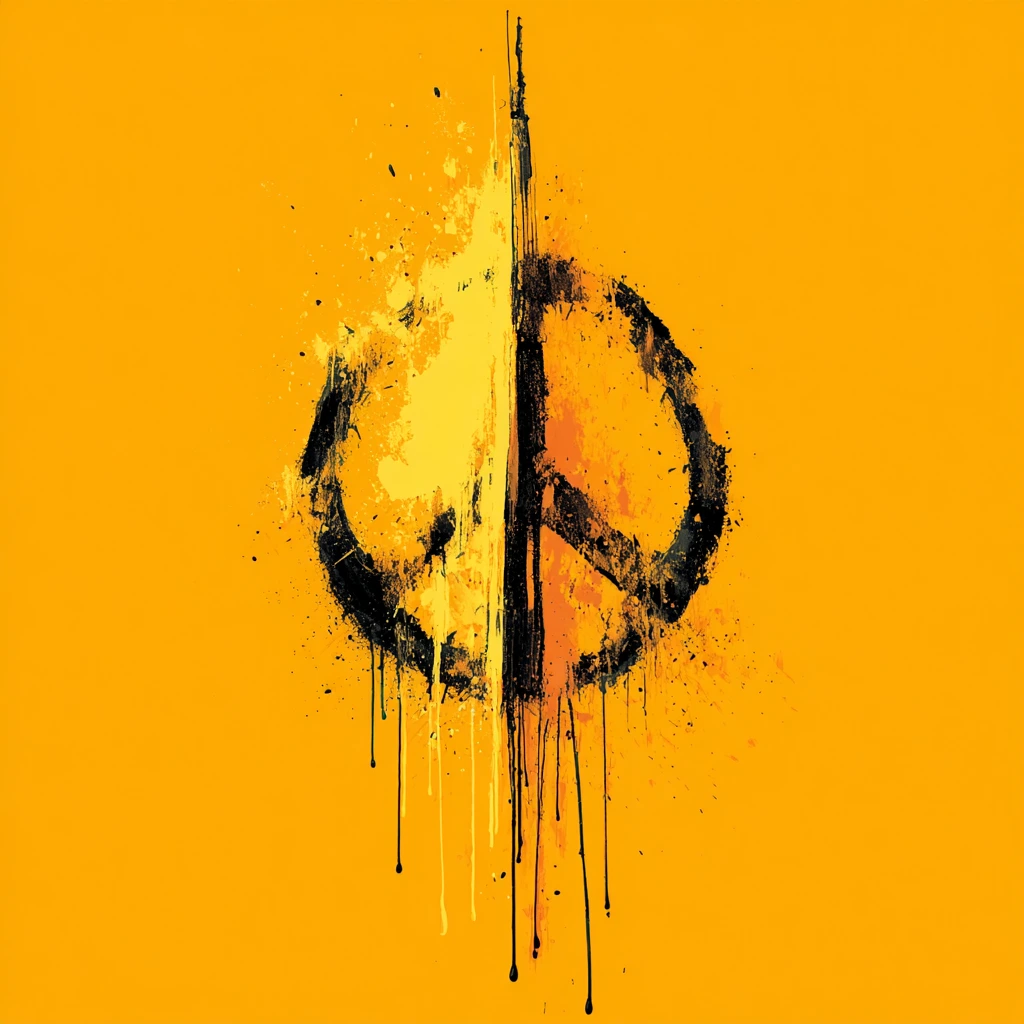Every year on August 6, the world gathers in solemn remembrance of a single moment that forever changed the course of human history — the atomic bombing of Hiroshima in 1945. Known today as Hiroshima Day, this global observance marks not only the horrifying loss of life but also the dawn of the nuclear age.
In 2025, we mark 80 years since the bombing, and the questions Hiroshima raises are more relevant than ever: What have we learned? How far have we come in the pursuit of peace? And what role does memory play in preventing history from repeating itself?
As the last generation of Hibakusha (survivors of the atomic bomb) ages, their testimonies become even more precious. Their stories — once voices of warning — are now legacies we must carry forward. This Hiroshima Day is not only a remembrance; it is a challenge to us all to build a world where such devastation is never again seen or sanctioned.

The Bombing of Hiroshima: A Historical Turning Point
What Happened on August 6, 1945?
At 8:15 AM on a quiet summer morning, the American B-29 bomber Enola Gay released a 9,700-pound uranium bomb, codenamed “Little Boy”, over the city of Hiroshima. Within moments, the bomb detonated approximately 600 meters above the ground, unleashing a blast equivalent to 15,000 tons of TNT.
The city — home to over 350,000 people — was instantly engulfed in fire. An estimated 70,000 people died immediately, many vaporized where they stood. Over the next days, weeks, and months, tens of thousands more succumbed to burns, injuries, and the then-poorly understood effects of radiation sickness. By the end of 1945, the death toll had risen to over 140,000.
Three days later, a second atomic bomb was dropped on Nagasaki, killing another 70,000. On August 15, 1945, Japan announced its surrender, effectively ending World War II.
Strategic Justification or Ethical Catastrophe?
The use of the atomic bomb has long been debated. U.S. officials argued that it shortened the war and saved lives that would have been lost in a prolonged invasion of Japan. Critics, however, question whether Japan was already close to surrender and whether targeting civilians in such a manner can ever be justified.
Eighty years later, the historical debate continues. But what remains undisputed is the immense human cost, the psychological trauma, and the fact that Hiroshima became the first city in history to experience the full force of a nuclear weapon — a distinction no other city should ever share.
The Human Side of Tragedy: Stories from the Hibakusha
Survivors’ Voices
In the decades since the bombing, thousands of Hibakusha have shared their stories with the world. These survivors speak not only of physical pain — of melted skin, blindness, and radiation-induced illness — but also of emotional scars: the loss of entire families, the guilt of survival, and the haunting memories that never fade.
One such survivor, Setsuko Thurlow, was 13 years old when the bomb hit. She was buried under a collapsed building and watched her classmates die around her. Today, she is a Nobel Peace Prize laureate and one of the most prominent voices in the campaign to abolish nuclear weapons.
Another is Sadako Sasaki, who was just two years old during the bombing. Diagnosed with leukemia at age 12, she began folding paper cranes — inspired by a Japanese legend that promised a wish for anyone who folded 1,000. She died before completing her goal, but her cranes became a global symbol of peace and hope.
Generational Trauma and Ongoing Health Effects
The suffering did not end in 1945. Many Hibakusha dealt with chronic illnesses, infertility, disfigurement, and psychological trauma for decades. Their children and grandchildren — known as second- and third-generation Hibakusha — have also experienced social stigma and health complications linked to radiation exposure.
The legacy of Hiroshima is not just a chapter in a history book; it is a lived experience that spans generations.

Hiroshima Day 2025: A Global Day of Reflection
Commemorative Events in Hiroshima
Every year on August 6, Hiroshima holds a deeply moving Peace Memorial Ceremony in Hiroshima Peace Memorial Park, near the epicenter of the blast. In 2025, the 80th anniversary brings heightened global attention and participation.
Key events include:
- A moment of silence at 8:15 AM, the exact time of the bombing
- Speeches by survivors, schoolchildren, and world leaders
- The release of white doves as symbols of peace
- The offering of paper cranes at the Children’s Peace Monument
- Candlelight vigils and the floating of lanterns down the Motoyasu River, carrying prayers for the dead
This year’s theme, “Peace Through Memory”, focuses on the importance of preserving survivors’ testimonies as we move into a post-Hibakusha world.
Global Observances and Educational Campaigns
Hiroshima Day is also marked around the world — from schools in India to peace groups in Germany to protests outside nuclear facilities in the United States.
In recent years, technology has expanded the reach of Hiroshima Day. Virtual exhibitions, online survivor testimonies, and interactive maps of the destruction have brought this story to new generations who may otherwise feel distant from the events of 1945.

Lessons for Today: Why Hiroshima Still Matters
The Threat Isn’t Over
As of 2025, nine countries possess nuclear weapons, and over 12,500 nuclear warheads remain active or in reserve. Tensions between major powers have increased, with several nations modernizing their arsenals and doctrines shifting back toward the idea of nuclear deterrence.
New technologies — like hypersonic missiles and cyber warfare — make the prospect of nuclear conflict even more unpredictable and potentially uncontainable.
The Global Call for Disarmament
Hiroshima Day renews attention on global disarmament efforts, such as:
- The Treaty on the Prohibition of Nuclear Weapons (TPNW), which went into effect in 2021
- Ongoing efforts by the United Nations Office for Disarmament Affairs
- Grassroots movements like the International Campaign to Abolish Nuclear Weapons (ICAN)
While none of the world’s major nuclear powers have signed the TPNW, global pressure continues to build. Hiroshima Day provides a focal point for activism, diplomacy, and dialogue.
Peace Begins with Education
Ultimately, the future of peace lies in the hands of the next generation. That’s why Hiroshima Day is also about education — teaching students not only what happened in 1945, but why it matters today.
In Japan, peace education is a major part of the school curriculum. Museums, survivor talks, and visits to Hiroshima and Nagasaki are part of a broader effort to instill a sense of global responsibility.
Final Reflections: From Tragedy to Global Legacy
Hiroshima Day is a reminder of the fragility of peace and the permanence of loss. But it is also a story of resilience — of a city that rebuilt itself from ashes, of survivors who turned pain into purpose, and of a global community that continues to fight for a world without nuclear weapons.
Eighty years after the blast, Hiroshima still speaks — not in anger, but in warning. Its message is simple: Never Again.
Let this Hiroshima Day be more than a moment of silence. Let it be a call to action — to disarm, to educate, to remember, and to hope.

What can you do today?
- Read a survivor’s story
- Share this article with others
- Support disarmament organizations
- Teach your children about Hiroshima
- Speak out for peace, even when it feels far away
Table of Contents
Marilyn Monroe: The Icon, the Tragedy, and the Enduring Legacy – trendsfocus